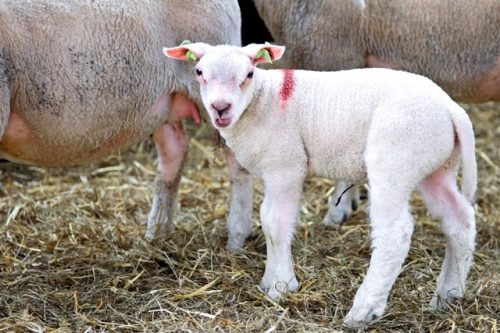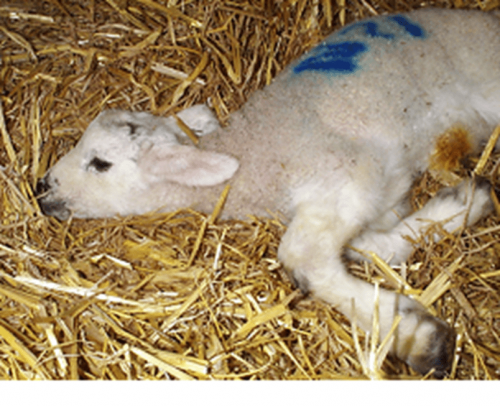Some producers are reporting fewer cases amongst Numnuts-marked lambs
It sounds remarkable, but it’s true: hygienic, stress-free practices during lamb marking appear to reduce the incidence of polyarthritis in lambs. What’s more, this is something we’ve been hearing first hand from producers who use Numnuts, as well as from vets.
Earlier this month, Local Land Services (LLS) Central West NSW District Veterinarian Nik Cronin reminded producers that most cases of polyarthritis appear in lambs after marking has been completed, although some lambs are affected earlier. The majority of cases that lead to lamb loss involve suppurative arthritis.
Writing in 2010, Bruce Watt, now Senior District Veterinarian of LLS Central Tablelands, also described the debilitating nature of this disease:
“Affected lambs are markedly lame with hot joints that are sometimes massively distended with pus… As these outbreaks are not anticipated, appropriate antibiotic therapy is often not commenced until significant joint damage has occurred. Sometimes, euthanasia is the preferred option.”

There can be no doubt that this condition is incredibly painful and difficult to treat, sometimes leading to long term suffering, poor growth and untimely death. One way that loss can be reduced is by using best practice pain relief and methods during lamb marking to minimise infection and reduce stress. Using Numnuts with NumOcaine in a hygienic environment certainly meets these criteria.
Anecdotal evidence coming in from farmers who use our device is that they’re seeing fewer cases of arthritis in their lambs. This can only be a good thing – at Numnuts HQ, we call it a ‘farmer found benefit’.
How Lambs Contract Polyarthritis
There are several ways that lambs can become infected with the bacteria that cause joint arthritis.
First, if an open wound becomes contaminated with bacteria, infection can enter the bloodstream. For lambs this is especially risky, as their joints are still developing and the bacteria can become lodged in the small blood vessels. This then sets up the following infection.
Although the bigger wounds caused by mulesing are more susceptible, a wet navel, skin damage from shearing, or even a penetrating grass seed can also cause problems.
It follows that other marking procedures can also provide conditions that can lead to infection.

Dr Cronin explained that when any one of a range of everyday environmental bacteria are involved, suppurative arthritis (‘joint ill’) can develop, leading to painfully swollen joints that can ooze pus if they burst.
There’s also erysipelas arthritis, which is linked to a specific bacteria called Erysipelas rhusiopathiae. This bacteria, which can be spread by healthy adult sheep, causes joint swellings that develop chronically over time. Rather than pus, these swellings are filled with a cloudy fluid.
Prevention is Always Better Than Cure
This old adage certainly applies in this case. A vaccine is available for erysipelas arthritis, which can be given to ewes before lambing, and to lambs at marking and weaning.
However, there is no vaccination against the various bacteria that cause suppurative arthritis.
The good news is that during lamb marking, a properly maintained and cleaned device minimises the opportunities for direct infection.
Dr Cronin recommends the use of pain relief during lamb marking in as clean an environment as possible. Sound techniques, such as docking tails to the right length, is also important.

This echoes something our customers are already learning: best practice use of pain relief with NumOcaine reduces stress in the young animal, benefitting its resilience and ability to fight off infection.
Header image: Central West Local Land Services